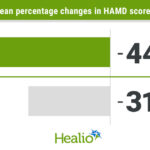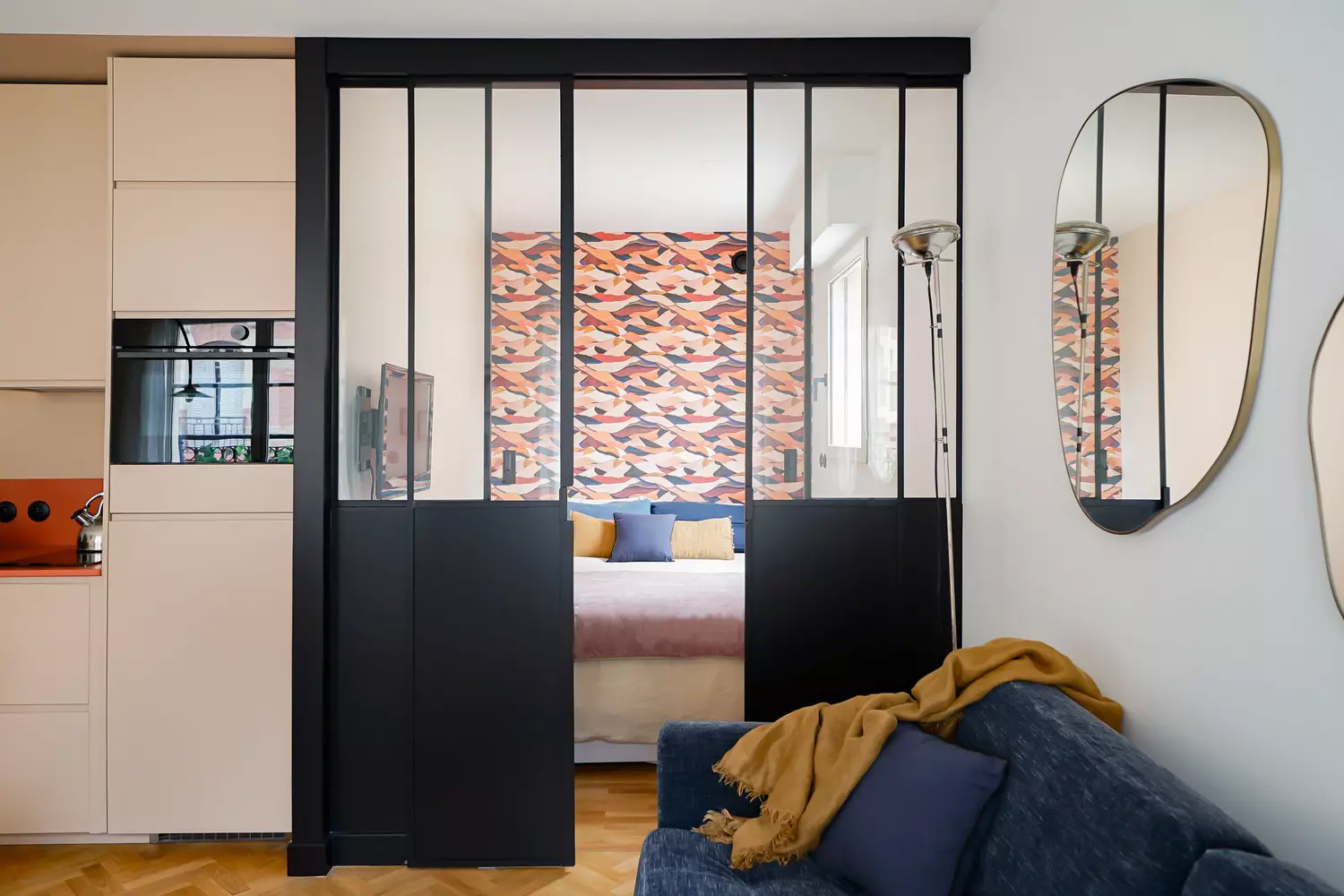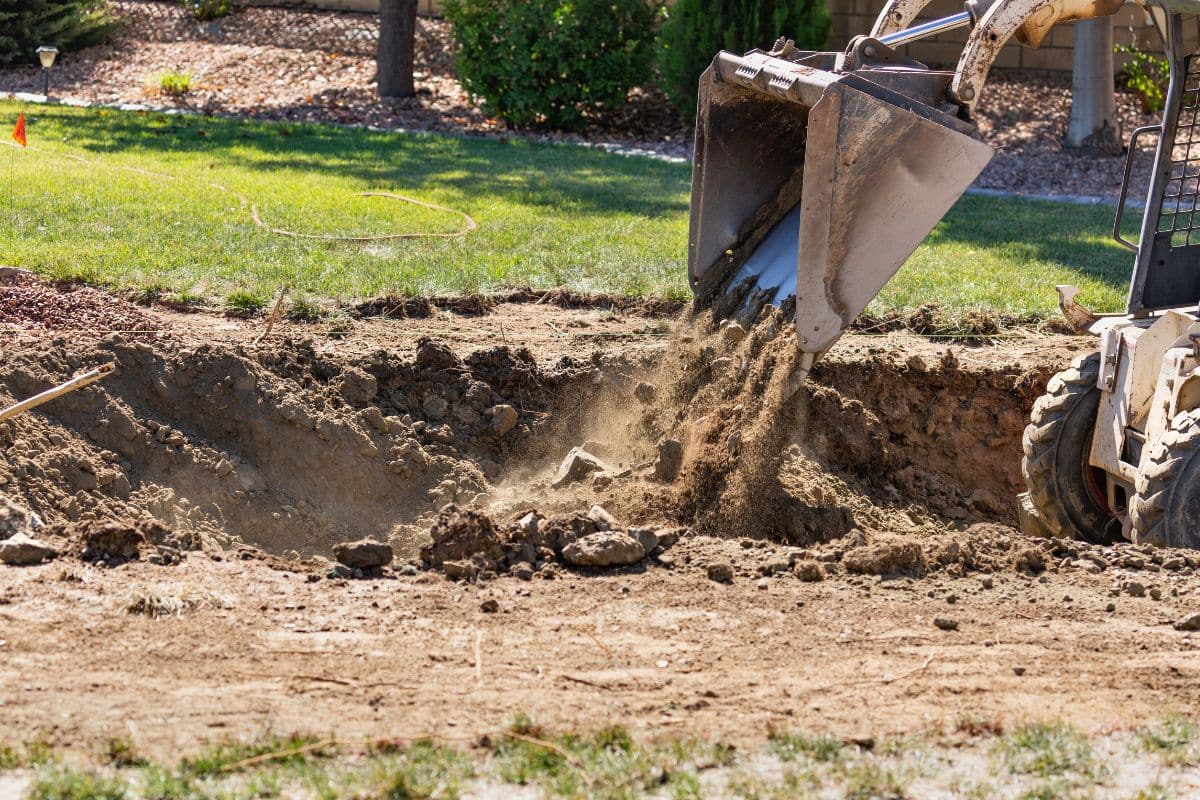Interior design constantly evolves, and what seemed trendy yesterday might feel outdated today. Glass partitions dominated modern spaces for years, offering an elegant solution to separate rooms while maintaining visual flow. However, architects now explore fresh alternatives that bring originality and sophistication to contemporary interiors without sacrificing functionality.
The traditional glass partition isn’t completely obsolete, but its ubiquity has prompted designers to seek more distinctive approaches. Professional interior designers recognize that effective room division requires balancing light transmission with aesthetic innovation. Modern homeowners desire solutions that reflect personal style rather than following predictable design patterns seen everywhere.
Creative glass partition alternatives gaining momentum
Sculptural room dividers represent one of the most compelling alternatives to conventional glass walls. These architectural elements draw inspiration from Japanese screens and art deco motifs, creating visual interest while maintaining spatial flow. Wooden claustras offer warmth and texture that glass cannot provide, transforming ordinary interiors into sophisticated environments with distinctive character.
Metal frameworks present another dynamic option for room separation. Industrial-inspired dividers made from steel or aluminum create bold geometric patterns that complement modern furnishing styles. These structures work particularly well in loft-style apartments and contemporary homes where architectural drama enhances the overall design concept.
Terra cotta claustras have emerged as a trending choice among design professionals. These earthy elements bring organic textures and Mediterranean charm to interior spaces. However, architects caution that this solution suits specific design styles and may not provide sound isolation between rooms. The material’s natural variations create unique patterns that add visual depth to any environment.
Living plant dividers offer an innovative approach that combines functionality with natural beauty. Tall planters filled with blooming houseplants create organic barriers while improving air quality. Strategic placement of plants like those featured in guides for mystique orchid care can establish elegant separation zones. Office environments particularly benefit from solutions involving plants, as demonstrated by snake plants in professional settings.
Revitalized glass solutions with contemporary twists
While seeking alternatives, designers haven’t abandoned glass entirely. Instead, they’re reimagining transparent materials through innovative applications. Glass brick walls have experienced a remarkable comeback, shedding their 1980s associations for sophisticated contemporary interpretations. These translucent blocks provide privacy while allowing light transmission, making them ideal for bathrooms and kitchens where moisture resistance matters.
Textured glass options expand creative possibilities significantly. Frosted, etched, or patterned surfaces maintain luminosity while adding visual intrigue. Colored glass panels introduce subtle tints that complement interior color schemes without overwhelming space aesthetics. These variations allow homeowners to achieve the light-maximizing benefits of traditional partitions while expressing individual style preferences.
Asymmetrical glass installations break away from predictable rectangular formats. Curved panels and irregular shapes create artistic focal points that transcend mere functional barriers. Mixed-material approaches combining glass with wood, metal, or stone elements produce hybrid solutions that satisfy diverse design objectives.
Professional installation becomes crucial when implementing these advanced glass techniques. Proper mounting ensures structural integrity while maximizing aesthetic impact. Custom fabrication allows precise fitting to specific architectural requirements, creating seamless integration with existing interior elements.
Strategic placement and design integration techniques
Successful room division extends beyond material selection to thoughtful spatial planning. Unconventional locations for dividers can transform underutilized areas into functional zones. Dressing rooms, walk-in closets, and bathroom spaces benefit from creative separation solutions that maintain visual continuity while defining distinct areas.
Height variations create dynamic visual rhythms within open floor plans. Partial-height dividers preserve overhead sightlines while establishing clear boundaries. This approach works particularly well in homes featuring high ceilings where full-height partitions might feel overwhelming or claustrophobic.
Lighting integration enhances divider effectiveness significantly. Built-in LED strips or strategically placed fixtures can highlight architectural details while providing ambient illumination. This technique transforms functional elements into decorative features that contribute to overall interior atmosphere.
Consider these key factors when selecting room dividers :
- Acoustic requirements – Determine whether sound isolation is necessary
- Natural light preservation – Maintain brightness throughout connected spaces
- Maintenance considerations – Choose materials appropriate for cleaning frequency
- Flexibility needs – Decide between permanent and moveable solutions
- Budget constraints – Balance aesthetic goals with financial limitations
Plant-based dividers require ongoing maintenance but offer unique rewards. Understanding care requirements becomes essential, whether dealing with moth orchid maintenance, addressing issues like overwatering problems, or managing concerns such as yellowing gardenia leaves. Specialized plants like night blooming jasmine can create aromatic barriers that engage multiple senses.
Future-focused approaches to spatial separation
Contemporary interior design embraces flexibility and personalization over rigid adherence to trending styles. Modular systems allow homeowners to reconfigure spaces according to changing needs without major renovations. These adaptable solutions reflect modern lifestyle demands for versatility and functionality.
Sustainable materials gain increasing importance among environmentally conscious consumers. Reclaimed wood, recycled metals, and eco-friendly composites offer responsible alternatives to traditional options. These choices align with broader movements toward sustainable living while maintaining aesthetic excellence.
Technology integration opens new possibilities for smart room division. Motorized panels, programmable opacity controls, and app-controlled lighting systems represent the convergence of architecture and digital innovation. These advanced features provide unprecedented control over spatial configuration and ambiance.
Custom fabrication services enable homeowners to realize unique visions that reflect personal taste and architectural requirements. Working with skilled craftspeople ensures proper execution of creative concepts while maintaining structural integrity and long-term durability. Investment in quality materials and professional installation pays dividends through enhanced property value and daily enjoyment.










